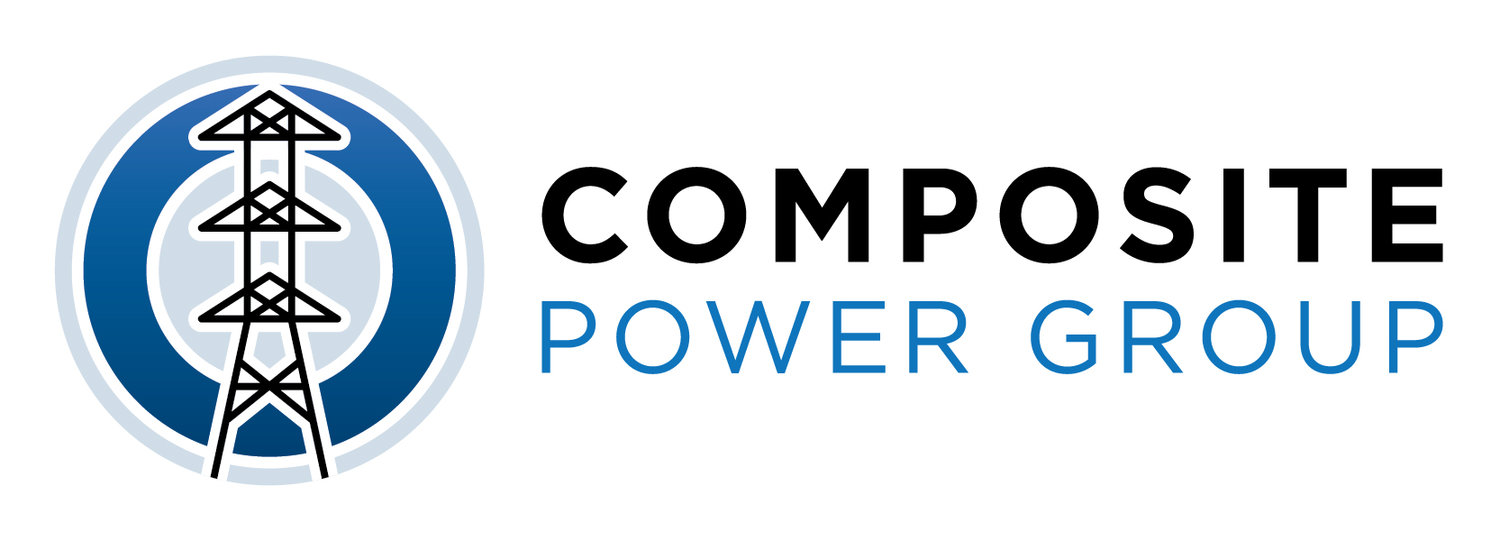Surge Arrester Monitoring
/What is Surge Arrester Monitoring?
Surge arrester monitoring is the process of continuously tracking the performance and condition of surge arresters to ensure they are functioning correctly and effectively protecting electrical systems from overvoltage events. Monitoring allows utilities and industries to detect deterioration, predict failures, and maintain system reliability by analyzing key parameters in real time.
Why is Surge Arrester Monitoring Important?
Prevents Unexpected Failures – Surge arresters degrade over time due to electrical stress, environmental conditions, and aging. Monitoring helps detect early signs of failure.
Ensures Grid Reliability – Faulty surge arresters can compromise the insulation and protection of transmission and distribution systems, leading to outages or equipment damage.
Reduces Maintenance Costs – Instead of replacing surge arresters on a fixed schedule, monitoring allows for condition-based maintenance, saving time and resources.
Improves Safety – Detecting early signs of arrester failure reduces the risk of insulation breakdowns and catastrophic equipment failures.
Enhances Compliance – Many utility regulations require predictive maintenance and real-time monitoring to ensure electrical infrastructure meets safety standards.
Key Parameters Monitored in Surge Arresters
Leakage Current – Measures the small current passing through the arrester to detect insulation degradation.
Third Harmonic Component of Current – Helps identify moisture ingress, aging, or internal defects in the arrester.
Surge Counters – Tracks the number of overvoltage events the arrester has absorbed.
Temperature – Ensures the arrester is not overheating, which could indicate internal failures.
Energy Dissipation – Monitors the amount of energy the arrester absorbs during transients.
Insulation Resistance – Evaluates the overall health of the arrester's insulation system.
Types of Surge Arrester Monitoring Systems
Offline Testing
Performed during maintenance shutdowns using portable testing equipment.
Common methods include tan delta (dissipation factor) tests and partial discharge tests.
Online Monitoring (Continuous Monitoring Systems)
Uses sensors and remote monitoring systems to provide real-time data.
Can integrate with SCADA, IoT platforms, or predictive maintenance systems.
Surge Counters with Leakage Current Monitoring
Some surge arresters come with built-in counters to record the number of transient events.
Advanced counters also measure leakage current to indicate arrester health.
Benefits of Surge Arrester Monitoring
Early Fault Detection – Reduces downtime by identifying issues before failure occurs.
Data-Driven Maintenance – Enables utilities to replace surge arresters only when necessary.
Enhanced System Protection – Ensures that power grids remain protected against surges.
Extended Equipment Life – Monitoring prevents premature replacements and optimizes arrester lifespan.
Remote Diagnostics – Online systems allow for remote monitoring, reducing the need for on-site inspections.
Applications of Surge Arrester Monitoring
Transmission & Distribution Systems – Protects substations, transformers, and overhead power lines.
Renewable Energy Grids – Ensures the reliability of wind and solar power transmission.
Industrial Power Networks – Prevents downtime in manufacturing facilities, refineries, and chemical plants.
Smart Grids – Integrates with digital monitoring systems to support grid automation and predictive maintenance.
Conclusion
Surge arrester monitoring is a critical tool for utilities and industries to ensure their power systems remain protected, reliable, and cost-efficient. By using advanced monitoring techniques, operators can detect early failures, optimize maintenance schedules, and enhance overall grid performance.




